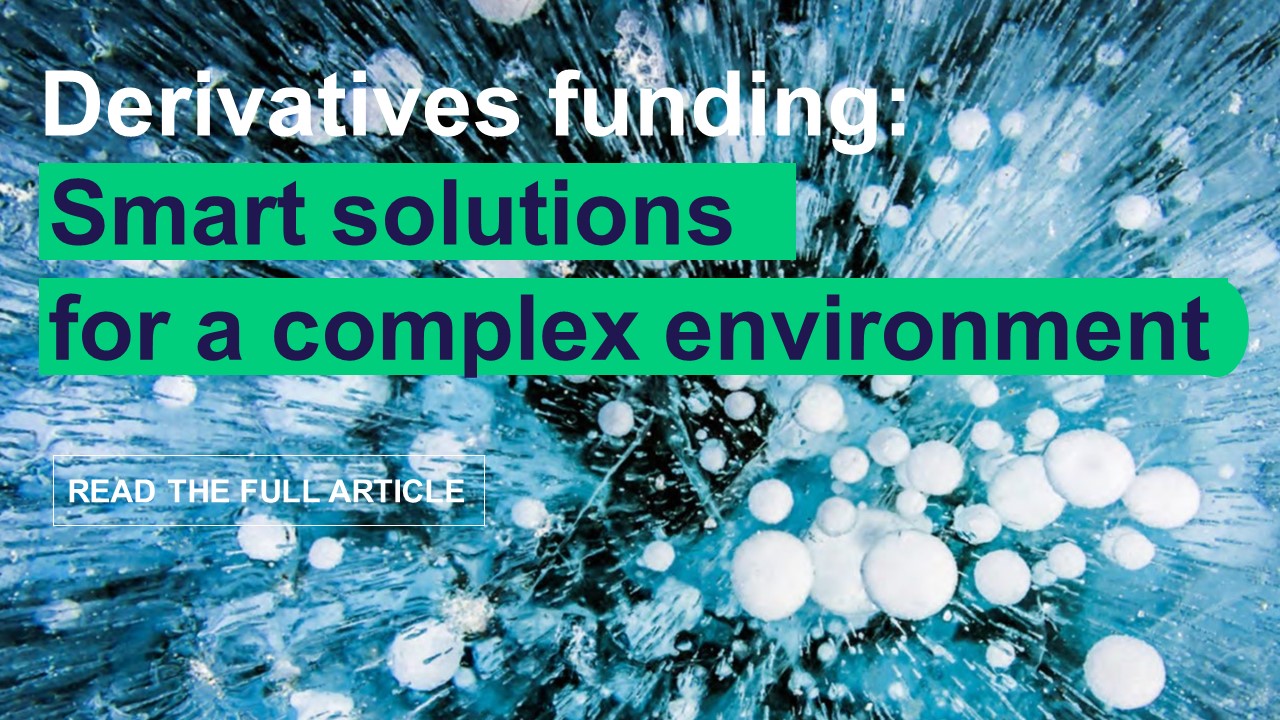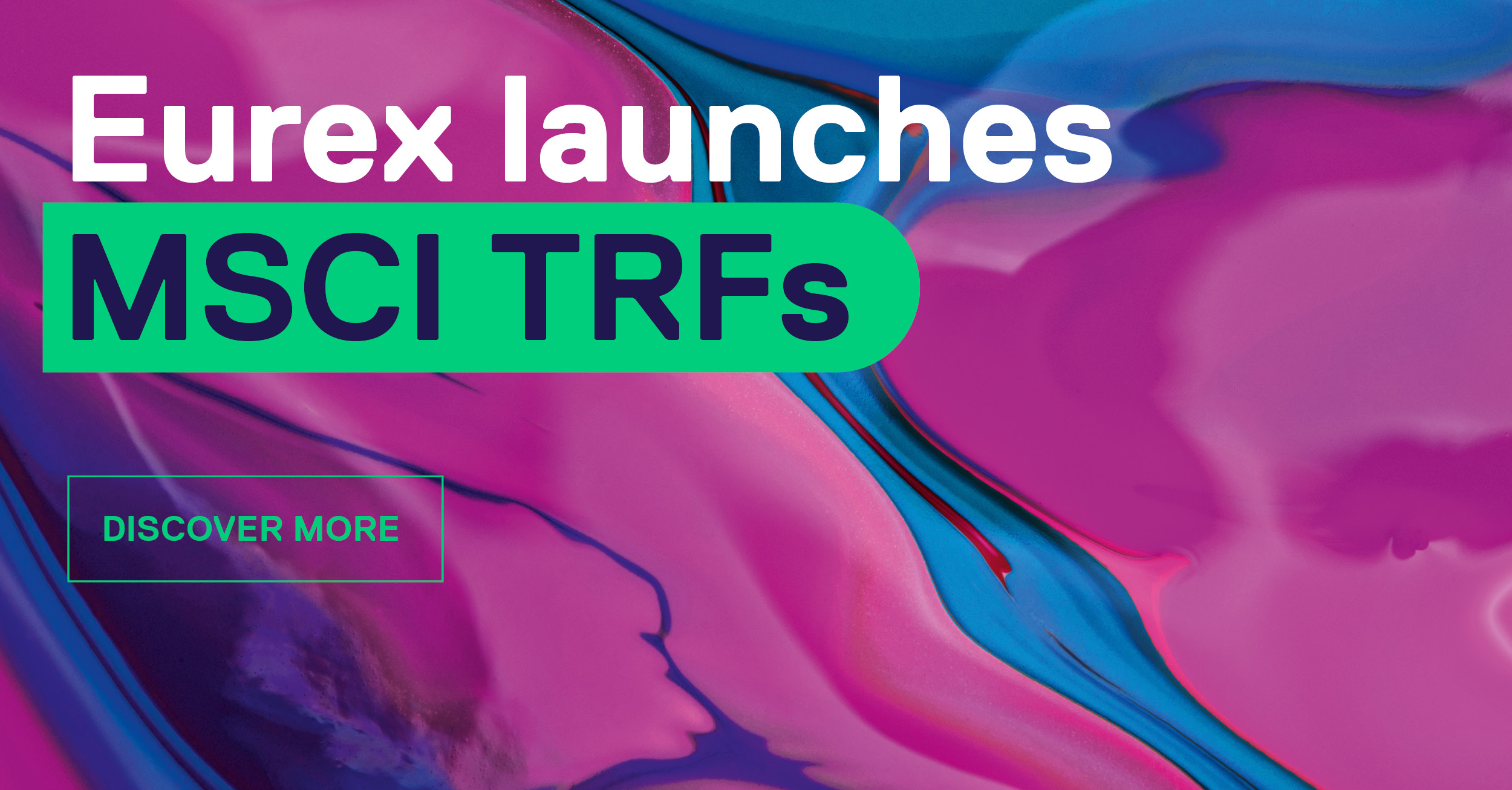What is the current state of play in indices? Are you seeing a rise in the popularity of customizable indices?
What we are seeing from our clients, and across the industry, is an increase in appetite for custom index products. This is a secular trend and one of the main reasons behind it is an incredible advancement in technology, which is enabling investors to create very precise exposures.
Investors are now able to obtain very precise indices that tilt towards particular industries and have a sustainability overlay, for example. We expect this trend to continue in parallel with advancements in capital markets technology and the accessibility of more data.
Many industry participants, including index providers, have been very focused on developing new platforms and data strategies, which can support advanced portfolio construction.
There is also an increasing demand from online retail and other savings platforms for bespoke products and investment opportunities. This improvement in technology, coupled with higher demand for custom portfolios, is one major trend that is impacting the asset management industry today and in turn, the entire indexing ecosystem.
Investors are increasingly eager to co-create indices, integrating their specific requirements and sometimes even providing their own data. They are finding value in co-developing these indices, appreciating the iterative process. We have many clients who want to co-develop indices using their own data.
Change is also coming from exchanges like Eurex, which have done their own market analysis. They then come to us and say, “We need something - can you build it for us?”.
How can exchanges adapt to increased demand for customizable indices?
Typically, asset managers with a large index mandate may prefer to enter into an OTC Swap on a tailored index. However, market participants would still need an instrument that can be used for hedging purposes. The demand for bespoke exposures means that someone in the ecosystem will have to deal with the complexity that goes into the product creation. Futures, and other listed derivatives, can be very helpful as a tool to hedge those precise exposures.
There has been recent attention from market participants on the backlash to ESG and sustainable investing, is this having an impact on index production?
It is correct that in some parts of the world the ESG label might be getting a bit tired, but the underlying trends have not changed. Our clients are focusing on how to adapt to a world that is rapidly decarbonizing. We all know that regulatory bodies, government stakeholders and broader society are placing greater emphasis on the need for transparency in sustainability-related actions.
Benchmarking and standardization are on the rise and aim to curtail greenwashing. We anticipate a heavier regulatory burden, especially regarding climate-related disclosures and climate actions. Public policy is also likely to tighten its grip on other fronts, driven by concerns that carbon emissions might not be contained in a timely manner.
The preservation of land and sea ecosystems is also crucial for climate change mitigation and adaptation. At ISS-STOXX, we expect biodiversity considerations to continue to move up the priority list for governments, civil society and the financial industry.
Going forward, technology will increasingly influence portfolio construction, with Sustainable Thematics becoming a major trend in the future. Again, the focus is on data — building climate- aware portfolios that are forward-looking will only be as good as the data that goes into them. Deep specialization is needed to understand the impacts of decarbonization, and the risks of a warming world.
So regardless of what happens with labels, our institutional clients’ demands are not changing. They want climate-aware, sustainability-led solutions.
How big a challenge is keeping up with developments in data?
The developments in data infrastructure, data availability and the technology supporting a well-structured data platform are all enablers. A bigger challenge is the evolving regulatory landscape. Products that debuted five years ago may no longer meet current requirements.
Every time a new regulatory shift occurs, it prompts a flurry of product launches across the ecosystem. Consequently, the market is now saturated with products. The European Union is currently prioritizing indices such as CTB and PAB, which may render many existing indices non-compliant. This poses a significant challenge in running an index business because making changes to existing products is not trivial and not without risk for all the participants involved in the process.
How are index providers adapting to increasing demand for diversification?
Diversification across various asset classes is not new and we are seeing a move away from the traditional model of 60% equities and 40% bonds. The model has shifted towards 40/40/20, with the 20% going to other asset classes. Investors are seeking diversification beyond the traditional equities and bonds spectrum and there is a notable increased appetite for innovation.
According to data from Willis Towers Watson, among a selection of seven asset owners, equity allocations have dwindled from 61% in 2001 to 45% in 2021, while bond allocations have seen a slight increase from 32% to 34%. Allocation to other assets, such as real estate and alternative investments, has surged from 5% in 2001 to an estimated 19% by the end of 2021. Alternatives have become attractive due to their potential for higher returns.
This evolution is having a real impact on the way that we build portfolios, because getting access to assets like commodities and private assets can be a challenge.
Increasingly, investors don’t just want to know the risk and return of their portfolio, they also want to understand the real-world impact of that portfolio. It is clear that investment strategies are moving towards a sustainable value creation framework. This shift in investment paradigms is most pronounced in 3D investing, where objectives extend beyond risk and return to include real-world impact.
This involves moving to new risk frameworks, with particular emphasis on climate risk, achieving net-zero emissions and systemic risk. The challenge here is managing a move to more opaque and illiquid markets at the same time as providing the same level of rigor our clients and regulators demand.
Join the Derivatives Forum Frankfurt on Feb 28-29 and hear more about this topic.
Speakers:
- Axel Lomholt, Senior Managing Director, General Manager at STOXX
- Arne Staal, Group Head of Product & Research, FTSE Russell
- Maya Beyhan, Senior Director, Index Investment Strategy, S&P Dow Jones Indices
Moderator: Jeremy Grant, Freelance Writer & Editor


